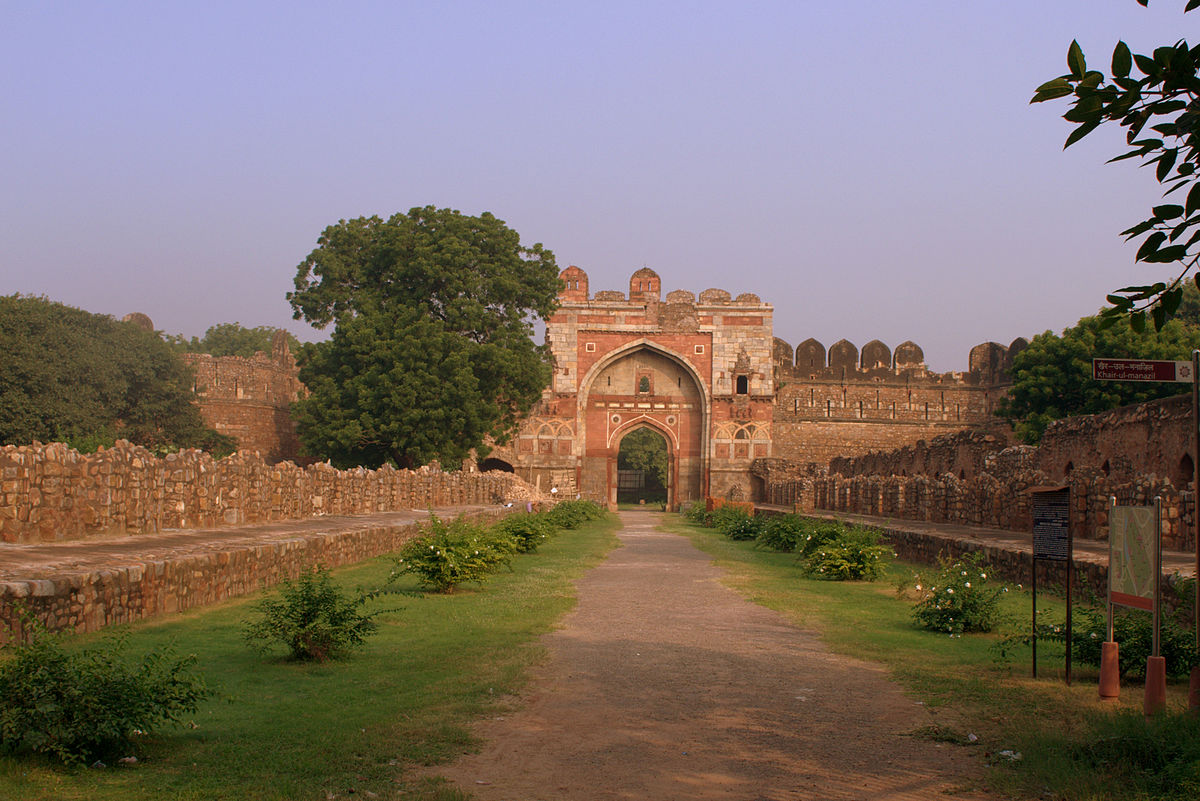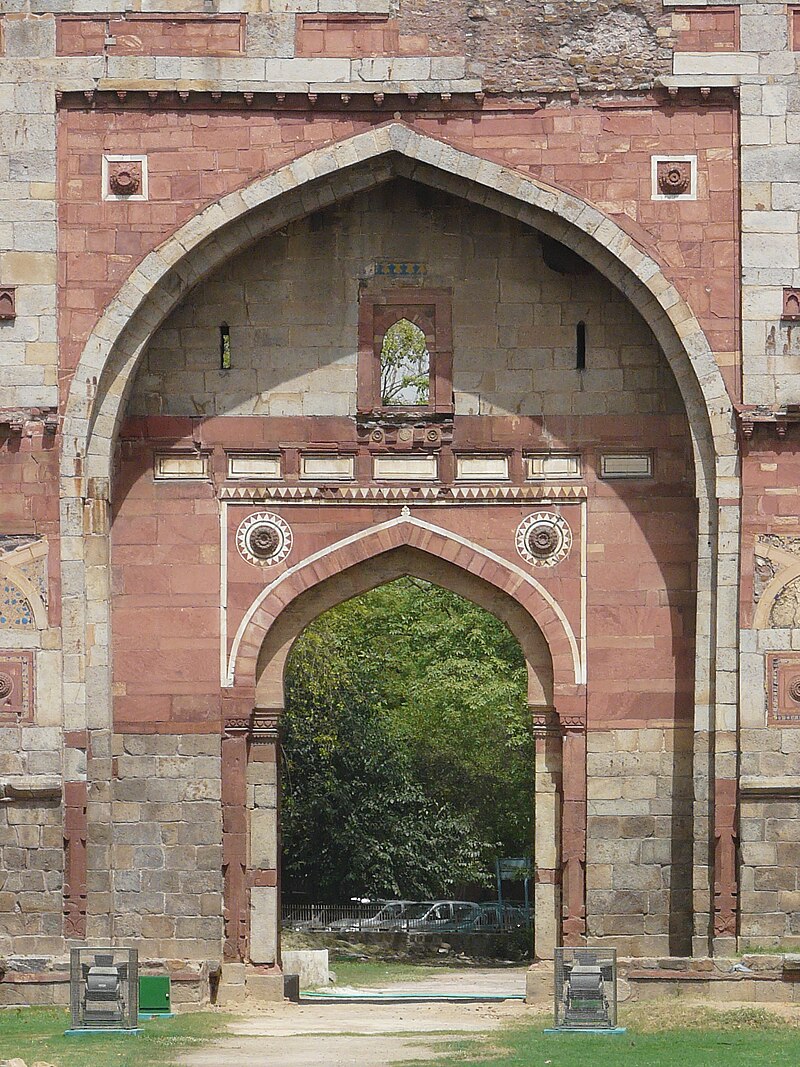

Sher Shah Suri Gate, also known as the Lal Darwaza, is an impressive stone gateway located near the Old Fort (Purana Qila) in Delhi. Built by Sher Shah Suri, the founder of the Suri Empire, this gate dates back to the mid-16th century and was constructed as part of his efforts to enhance the city’s defensive architecture and symbolize his authority. Sher Shah Suri, who ruled between 1540 and 1545, is known for his administrative reforms, infrastructure projects, and significant architectural contributions across North India. Establishment and Historical Context The gate was likely established around 1540–1545 CE during Sher Shah Suri’s brief yet impactful reign, a period marked by his administrative reforms and construction projects, including roads, rest houses (sarais), and fortifications. Sher Shah took over Delhi after ousting Mughal Emperor Humayun and embarked on a mission to fortify his new capital and secure key locations around the city. This gate, part of his larger project of constructing the Purana Qila, was positioned strategically to guard the eastern approaches to the fort and served as a ceremonial entrance. Architectural Features The Sher Shah Suri Gate reflects Afghan architectural influences with strong fortification elements typical of military structures. Constructed with red sandstone, the gate features a large arched entrance with pointed arches that are set within rectangular frames. The structure is adorned with delicate carvings and some ornamental relief work, combining aesthetic appeal with a robust, defensive function. A prominent feature of the gate is its domed chhatris (small pavilions) on the top, which serve both as decorative and surveillance elements, allowing guards to monitor the surrounding area. The gate’s design elements include: Intricate Calligraphy: Arabic inscriptions and calligraphy that reflect the style of Afghan architecture and Islamic art. Jharokhas and Chhatris: Projected windows (jharokhas) and domed pavilions (chhatris) that offer a vantage point. Battlemented Parapets: Giving the structure a fortified appearance. Conservation and Current Condition Today, Sher Shah Suri Gate stands as a protected monument under the Archaeological Survey of India (ASI), recognized for its historical and architectural significance. However, it faces challenges from pollution, encroachment, and general urbanization, which have led to some wear and deterioration. Conservation efforts have included cleaning, structural reinforcement, and preservation of the intricate carvings and inscriptions. Legacy and Cultural Significance The Sher Shah Suri Gate is a symbol of the Suri dynasty’s architectural legacy and Sher Shah’s brief yet notable reign, during which he laid down the foundations for effective governance and infrastructure development. As part of the historic fabric of Delhi, the gate continues to draw visitors interested in the era’s architecture and Delhi’s layered history. Its proximity to the Purana Qila enhances its significance, providing context to the fort’s design and the defensive strategies employed during Sher Shah’s rule.